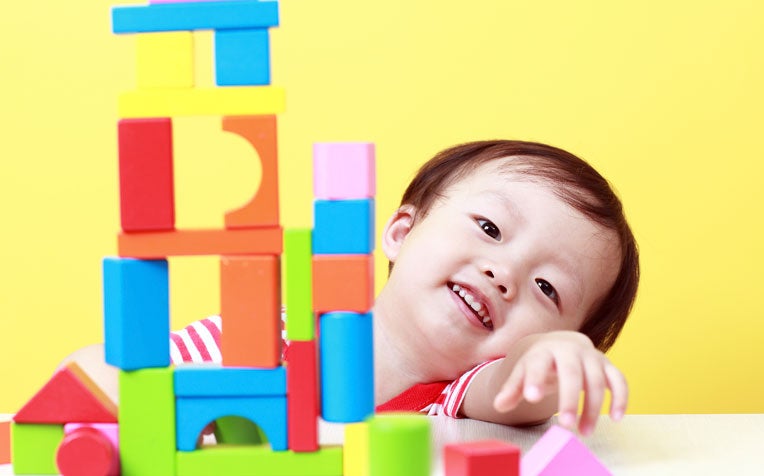
Childhood injuries The large majority of these injuries actually occur in homes.
"The Children's Emergency at KKH sees an estimated 28,700 children presenting with injuries of all severities, in a year. This makes up about 15 – 17 per cent of all children seeking medical attention in the Emergency Department,” shares the
Children's Emergency at
KK Women's and Children's Hospital (KKH), a member of the
SingHealth group.
More than half of these injuries occur from falls. Many of these injuries, especially those in the home, are potentially preventable if adequate precautions are put in place.
Check out this video!
How to prevent childhood injuries
Most childhood injuries are preventable. One of the most important steps you can take to protect your child from injury is to ensure that he or she is always supervised by an adult. All caregivers also need to learn child safety tips for the home, playground and other outdoor play venues.
Children need close and undistracted adult supervision since an injury can occur within minutes of a child being out of sight. However, play is important for development and children should be free to play in a safe and monitored environment.”
An effective preventive measure is to child-proof the home. You can child-proof your home in the following ways:
Fix grilles on all windows in the home and keep the grilles locked.
Keep chairs, stools and other furniture away from windows.
Use covers on electrical wall sockets and keep all electrical cords out of reach of children.
Keep sharp objects and inflammables out of reach of children.
Keep small objects out of reach of children such as items that can cause choking, e.g. coins, buttons.
Keep bathroom and kitchen floors dry to prevent slipping.
Don’t leave water in buckets or in the bathtub; these can cause drowning accidents.
For bunk beds, give the top bunk to a child aged six years and above.
Falls from the adult bed is a common cause for head injuries among children aged 2 years and younger. A young child should not be left alone unsupervised, on an adult bed.
What to do if your child gets injured
Remain calm.
Administer basic first aid. Apply firm pressure to any bleeding and place a clean gauze over the wound.
Consult your family doctor for minor injuries.
Seek emergency medical attention if the injury is significant. Watch out for the following signs: vomiting, drowsiness, lethargy and unusual quiet behavior, or persistent irritability.
Any injury, however minor, warrants an evaluation of the circumstances leading to the injury, in order to implement preventive measures for a repeat, possibly more severe injury in future.
Common childhood injuries
There are different types of childhood injuries. They include:
Head injury
Wounds, abrasions and cuts
Upper and lower limb fractures
Trapped fingers and nail injuries
Eye, ear, nose injuries
Swallowed or inhaled objects
Burns and scalds
For example, among children aged 2 years and younger who present to the KKH Children’s Emergency with head injuries, almost 90 per cent of these take place in the home, and up to half of these occur in the bedroom.
In most cases of childhood injury, the injury is minor and the child recovers fully after receiving first aid or medical treatment. In a few cases, the injury is severe and can cause permanent damage, or even death. Childhood injuries which are fatal are usually caused by the following mechanisms:
Accidental drowning
Fall from height
Road traffic accident
Burn injury is common among toddlers
Young children are particularly vulnerable to burn injuries at home. Burn injuries can include the following:
Scald (a burn caused by hot liquid or steam)
Contact burn injury with a hot iron or hot utensils
Burn from flames, electricity, chemicals
Cornea injury from physical or chemical burns
A scald is the most common type of burn injury. Toddlers can scald themselves when they reach for a hot flask or pull on the cords of electrical appliances that contain hot liquids. Older children may scald themselves during mealtimes or while helping out in the kitchen.
Most of these burns take place in the home, specifically the kitchen. Burn injuries can result in pain and scarring of the skin. If the burn is severe, the child may require admission to hospital and intravenous fluid replacement.
Ref: I23 (ed)
Child Injuries FAQs - Our Doctor Answers!
How to Choose the Best Car Safety Seat for a Child (By Age)
Contributed by
















 Get it on Google Play
Get it on Google Play